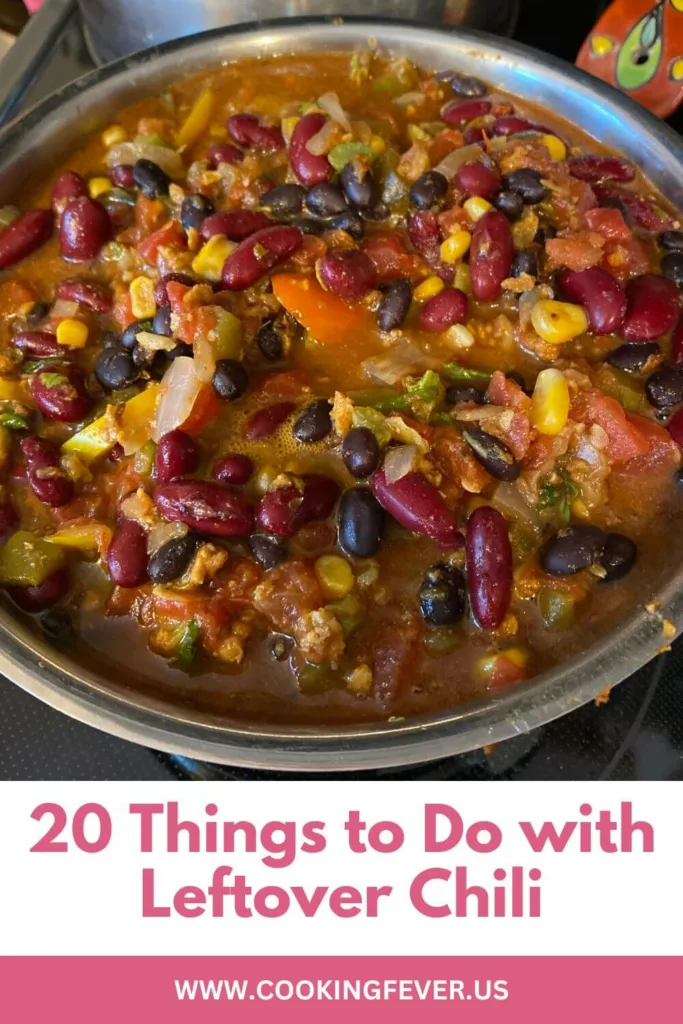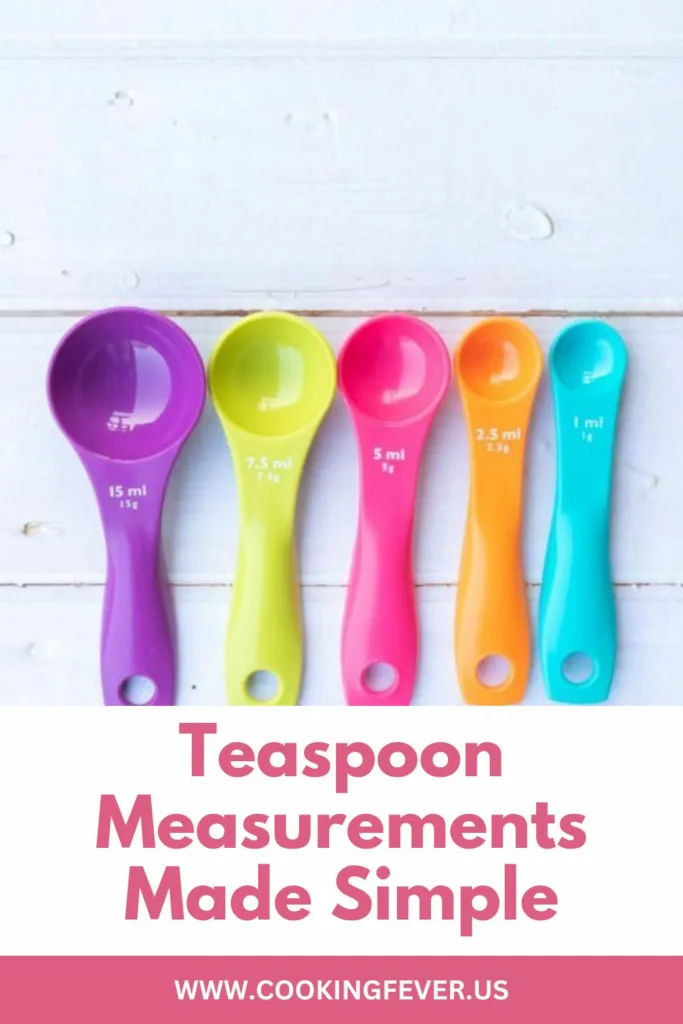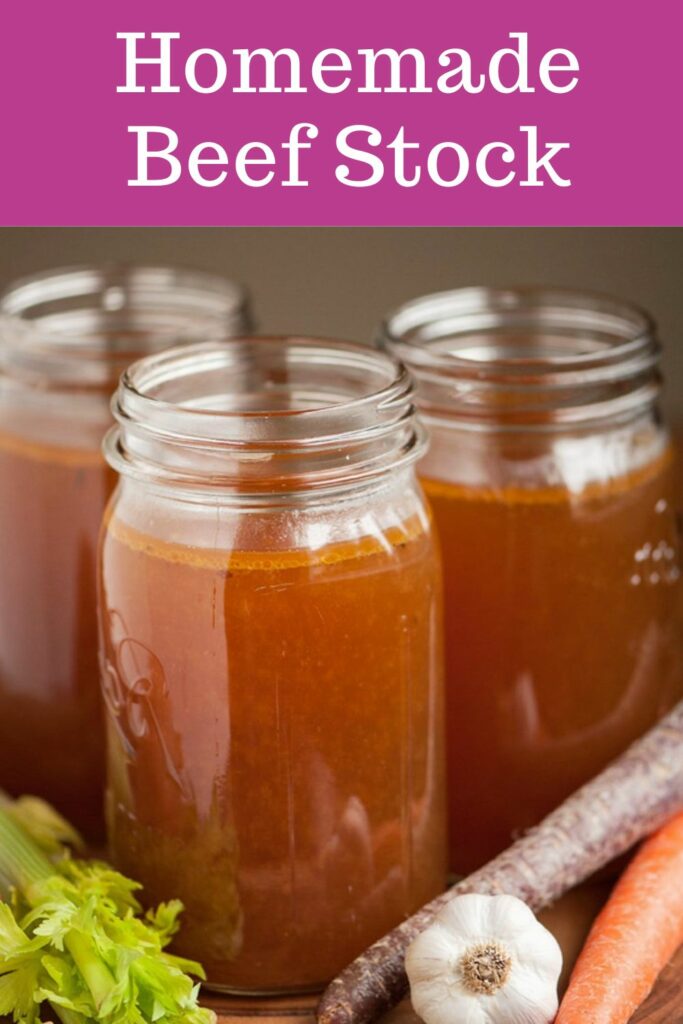Chicken is a popular protein source worldwide, known for its versatility and health benefits. However, noticing white spots on chicken breasts can cause concern for many consumers. These spots, while usually harmless, can sometimes indicate spoilage, especially when accompanied by unusual odors. This article provides a comprehensive look at the causes of these white spots and guidance on their safety.
Understanding White Spots on Chicken Breast
White spots on chicken breast can be attributed to a range of factors. While these spots are often harmless, their presence can sometimes be a cause for concern:
- Ice Crystals and Freezer Burn: Common in frozen chicken, these are caused by the freezing process and are generally harmless, though freezer burn can affect the meat’s texture and flavor.
- Fat Deposits and Tendons: These are natural and safe, often seen as part of the chicken’s anatomy.
- Modern Farming Practices: Rapid growth and development in chickens can lead to increased fat content, manifesting as white striping on the meat.
- Spoilage Indicators: In some cases, white spots, particularly those emitting foul odors, may indicate spoilage due to bacteria or yeast growth.
Causes of White Spots
- Freezing Processes: Ice crystals and freezer burn are physical changes that occur during freezing. Ice crystals appear as small white spots, while freezer burn leads to dry, leathery patches.
- Fat Deposits and Tendons: These are common in chicken meat and pose no health risk. Tendons are strong connective tissues, while fat deposits are akin to marbling found in red meat.
- Increased Fat Content: Resulting from certain breeding practices, this can lead to white striping. Although it indicates a higher fat content, it does not make the chicken unsafe for consumption.
- Spoilage: Sometimes, white spots are a sign of spoilage. If accompanied by sour or putrid odors, this could indicate bacterial or yeast growth, necessitating caution.
White Spots vs. White Striping on Chicken Breast
White spots and white striping on chicken breasts, though visually similar, have distinct causes and implications. White spots are often the result of freezing processes, like ice crystal formation or freezer burn, or natural occurrences such as fat deposits or tendons. These spots are typically small, isolated, and scattered throughout the meat. On the other hand, white striping refers to parallel lines of fat running along the muscle fibers, a condition more commonly associated with modern farming practices that encourage rapid growth. This striping appears as consistent, linear streaks and is indicative of higher fat content within the chicken. While both are generally safe to consume, understanding their origins helps consumers make informed choices about meat quality and nutritional content. When inspecting chicken, look for patterns and distribution: isolated spots versus uniform striping, to differentiate between the two.
Safe Consumption of Chicken with White Spots
When encountering white spots on chicken breasts, it’s important to determine their safety for consumption. Here’s what to consider:
- Overall Quality Assessment: Check the chicken for signs of spoilage, such as a sour smell, slimy texture, or unusual coloration. These are more critical indicators of safety than the presence of white spots.
- Cooking Temperature: Ensure chicken is cooked to an internal temperature of 165°F (75°C) to eliminate potential bacteria and ensure safety.
- Understanding White Striping: Recognize that white striping due to increased fat content does not pose a health risk. However, be aware of the potential for higher fat content in such meat.
Preventive Measures and Best Practices
To minimize the formation of white spots and ensure the best quality of chicken, follow these guidelines:
- Proper Storage: Store chicken in airtight containers or well-sealed freezer bags to prevent freezer burn and maintain quality.
- Selecting Quality Chicken: Choose chicken with a pinkish hue and no foul odor. Be aware of white striping, which indicates higher fat content.
- Awareness of Spoilage Signs: Be vigilant for signs of spoilage, especially in chicken with white spots emitting foul odors, as this could indicate bacterial or yeast growth.

Expert Insights
Experts in poultry farming and food safety provide additional perspectives:
- Farming Practices and Meat Quality: The link between rapid growth in chickens and increased fat content, leading to white striping, is noted. However, this is more a quality than a safety concern.
- Spoilage Concerns: Experts stress the importance of identifying spoilage signs, particularly in the context of white spots. Understanding the difference between harmless spots and indicators of spoilage is crucial for safe consumption.
Generally, white spots on chicken breasts are a common occurrence and, in most cases, are not a cause for concern. These spots are typically due to natural factors like fat deposits, tendons, or changes resulting from the freezing process. While they can sometimes indicate spoilage, particularly if accompanied by foul odors or other signs of decay, properly stored and cooked chicken with white spots is generally safe to eat.
It’s important for consumers to be informed about what these spots mean and how to handle chicken safely. By understanding the causes and knowing how to assess the overall quality of chicken, consumers can continue to enjoy this versatile and nutritious protein source without undue worry. Remember, when in doubt about the freshness or safety of your chicken, it’s always better to err on the side of caution.
Through this article, we hope to have provided valuable insights into the nature of white spots on chicken breasts, addressing common concerns and enabling you to make informed decisions about your poultry purchases and consumption.
Frequent Asked Questions:
What are the main causes of white spots on chicken breast?
Common causes include ice crystals, freezer burn, fat deposits, tendons, and occasionally, spoilage from bacterial or yeast growth.
Are white spots on chicken breast an indication of spoilage?
Not always. White spots due to freezing or natural tissue are harmless. However, if accompanied by foul odors or other spoilage signs, they might indicate spoilage.
Can I eat chicken with white spots?
Yes, in most cases. If the chicken has no off smells, unusual texture, or discoloration, and is cooked properly, it’s safe to eat.
Do white spots affect the nutritional value of chicken?
White spots themselves don’t significantly alter the nutritional value, but white striping could indicate higher fat content.
How can I prevent white spots on chicken?
Proper storage and handling can minimize freezing-related white spots. Choose quality chicken to avoid spots from increased fat content.
What is the difference between white spots and white striping in chicken?
White spots can be due to various factors, including freezing or natural tissues. White striping specifically refers to fat deposits in the muscle.
Should I be concerned about bacterial contamination with white spots?
Not typically, unless the spots are accompanied by signs of spoilage like bad smells or slimy texture.
How do I distinguish between harmless white spots and signs of spoilage?
Evaluate the overall quality, including smell, texture, and color. Spoilage is more likely if there are foul odors, slimy texture, or discoloration.
Does cooking eliminate any concerns about white spots?
Cooking to the correct temperature ensures safety from bacteria, but it doesn’t change the nature of white spots.
Are white spots more common in certain types of chicken or cuts?
White spots can appear in any chicken, but they might be more visible in leaner cuts like breast meat.
Can marinating or seasoning chicken cause white spots?
Sometimes, salt in marinades or seasonings can draw out moisture, causing white spots, but these are harmless and related to the seasoning process.
Are organic or free-range chickens less likely to have white spots?
The occurrence of white spots is more related to individual bird characteristics and meat composition than to whether the chicken is organic or free-range.






